Showing all 262 results


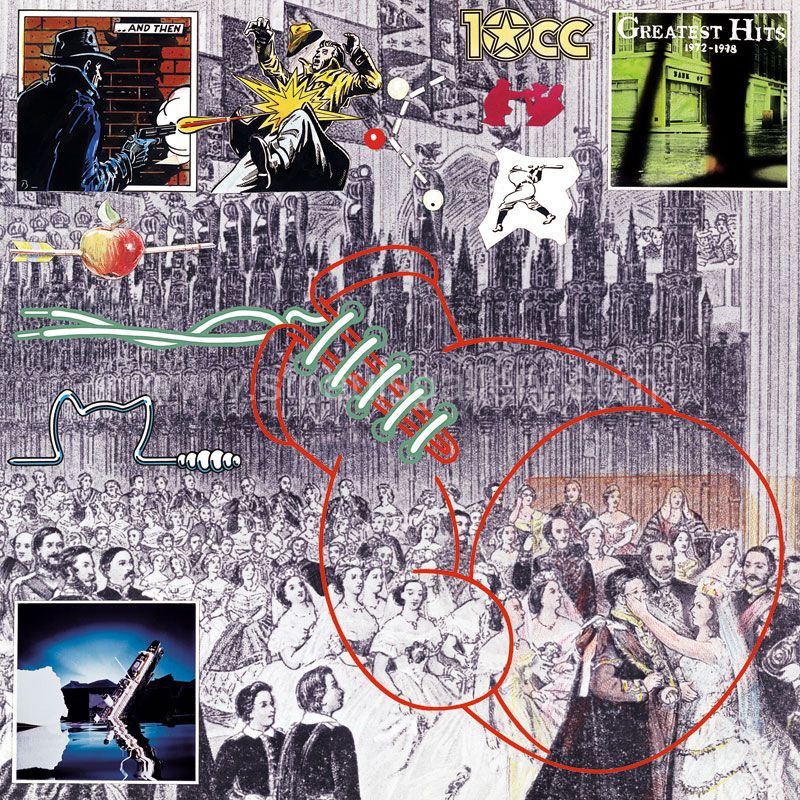
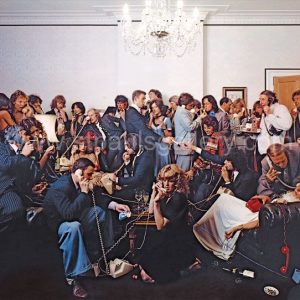
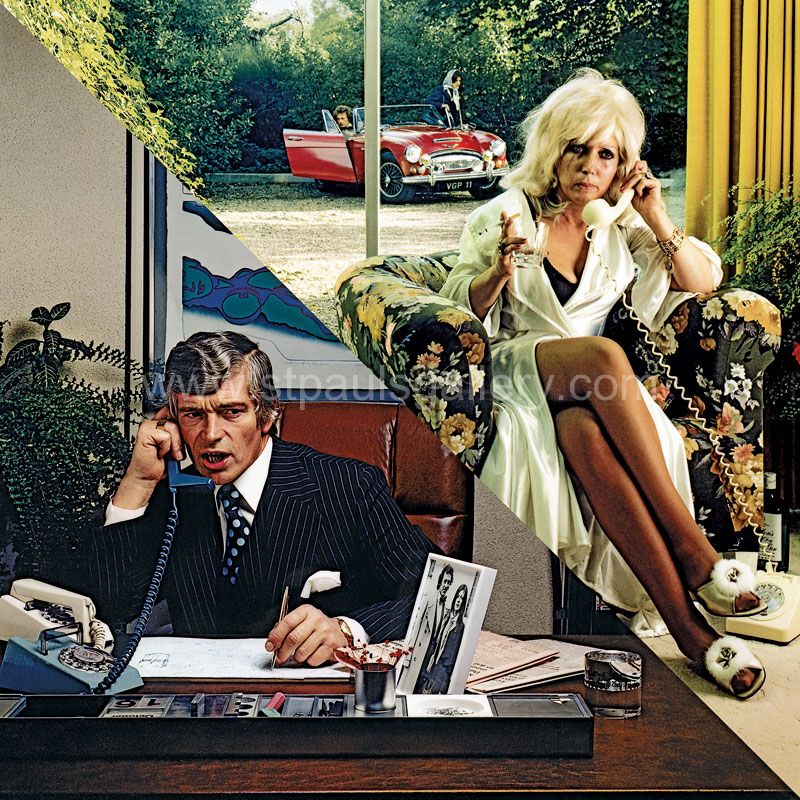
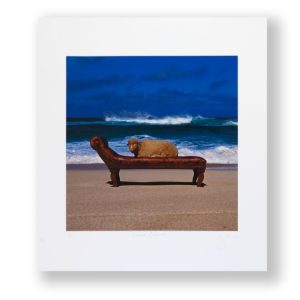

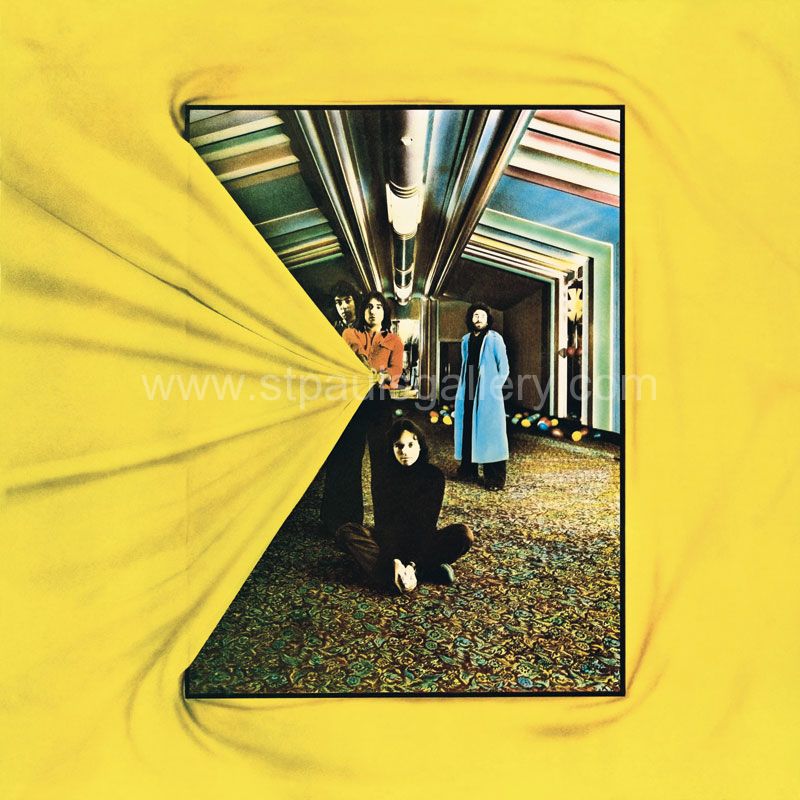

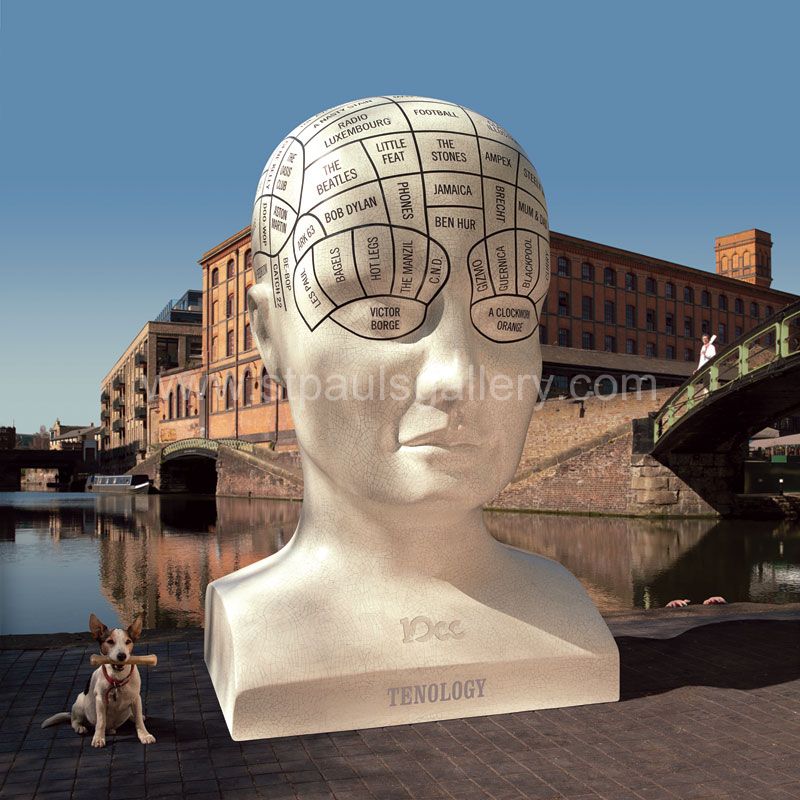



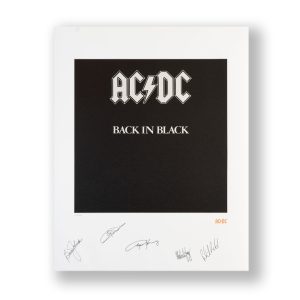


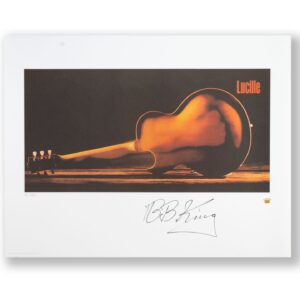
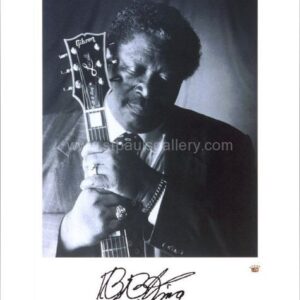

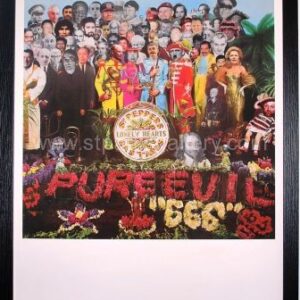
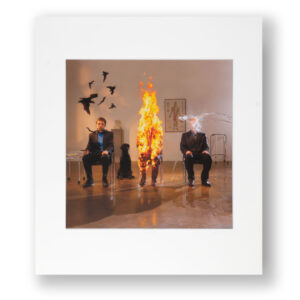
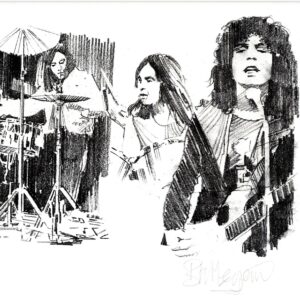



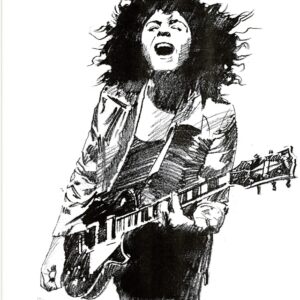
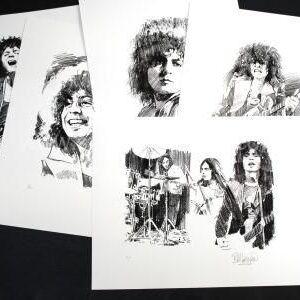


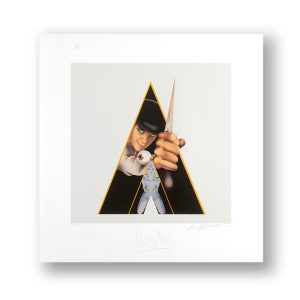
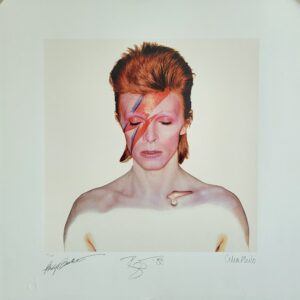
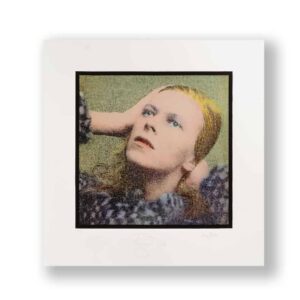
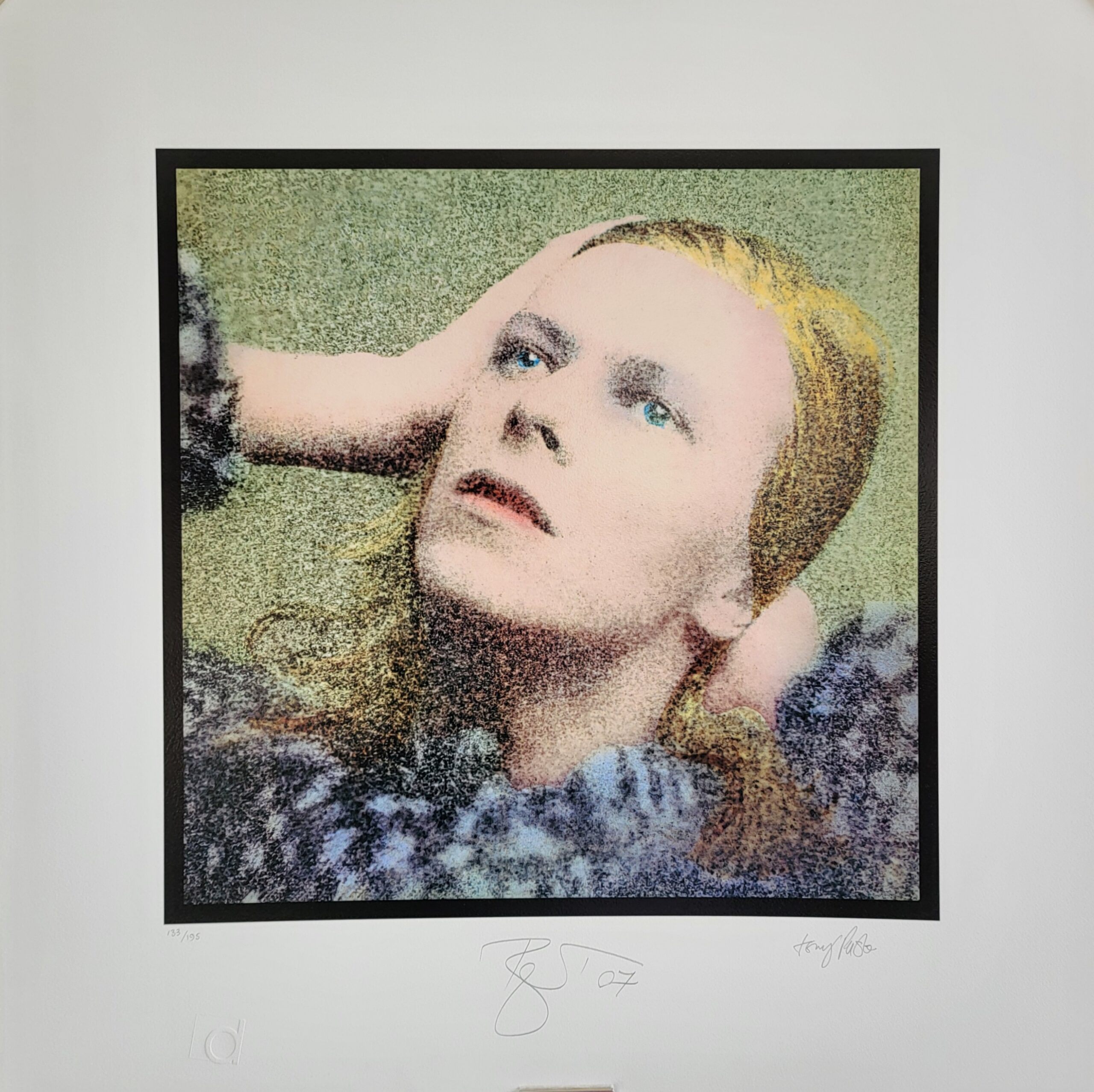
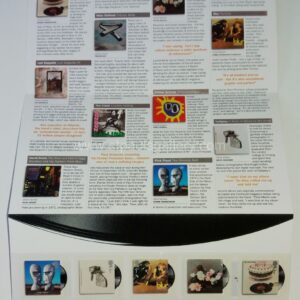





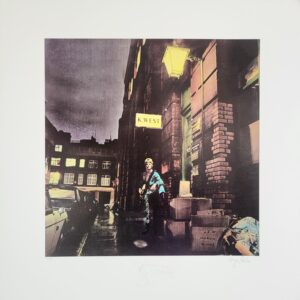

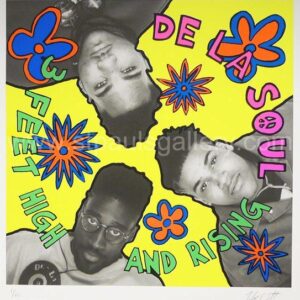
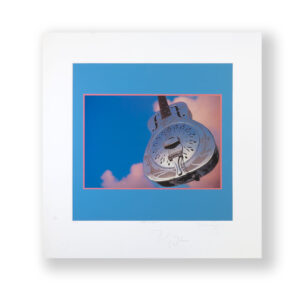
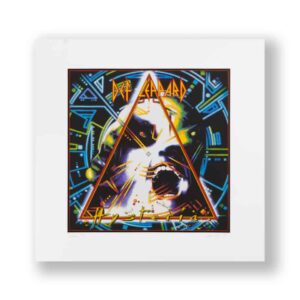
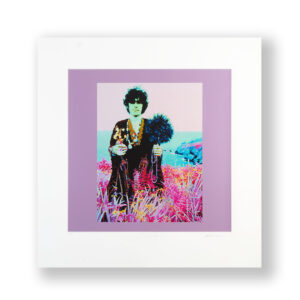
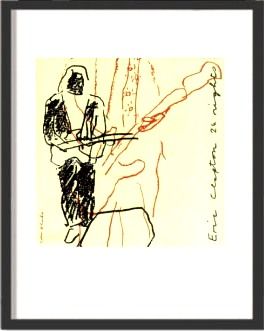
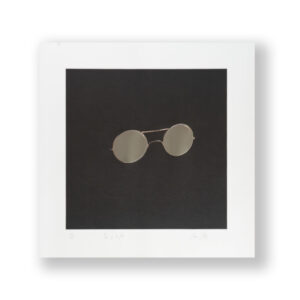


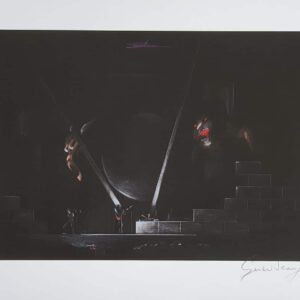




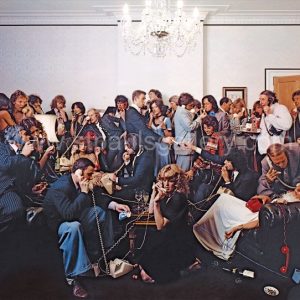



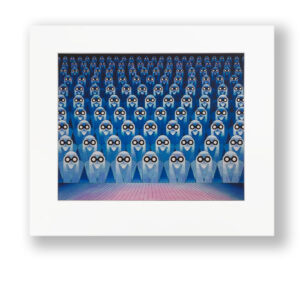
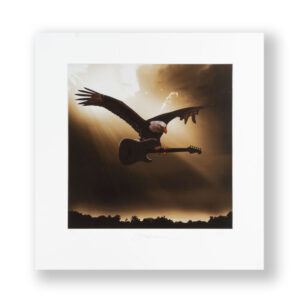



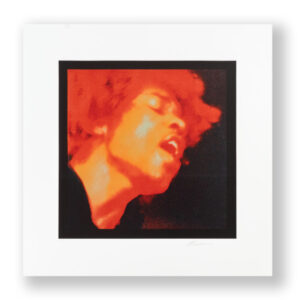


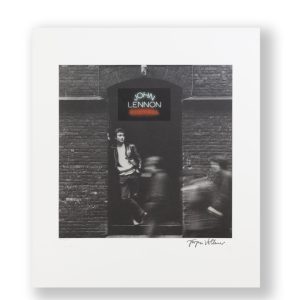
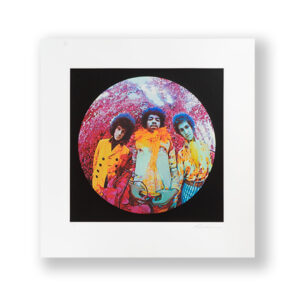
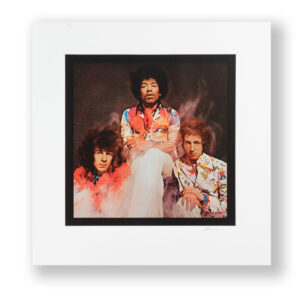
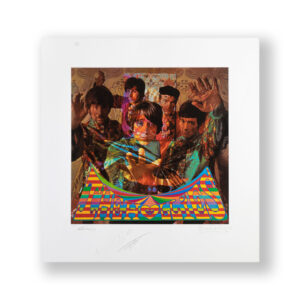
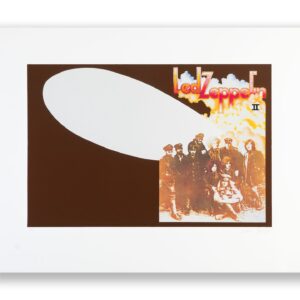
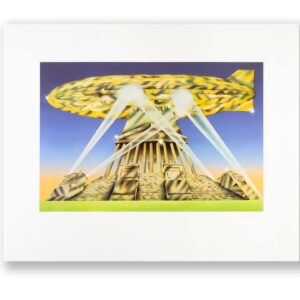


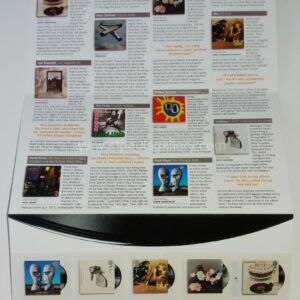
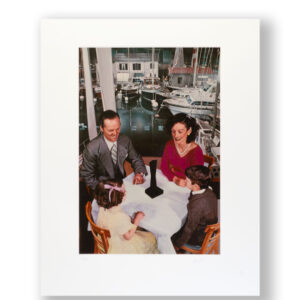
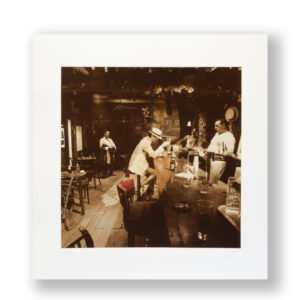

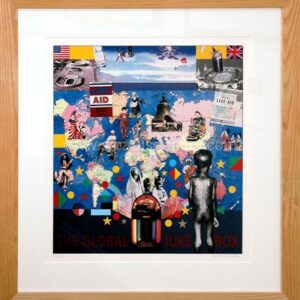




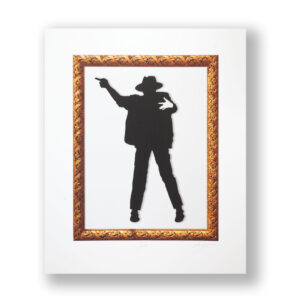




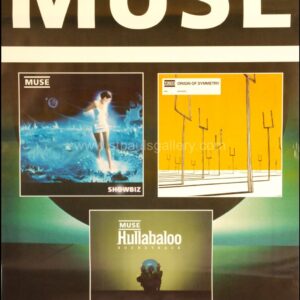


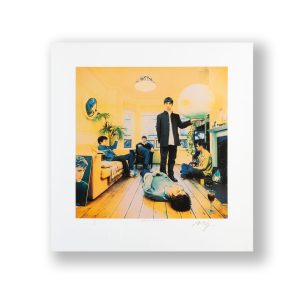

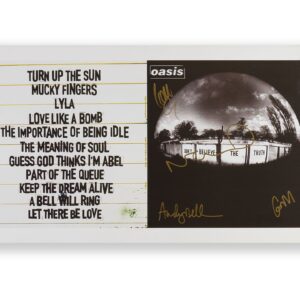










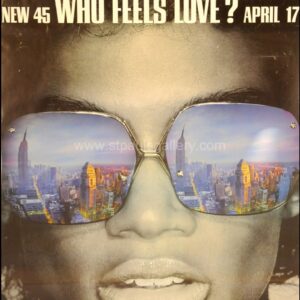


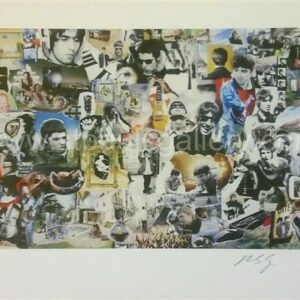
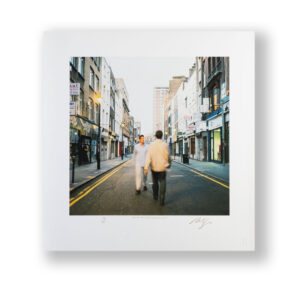
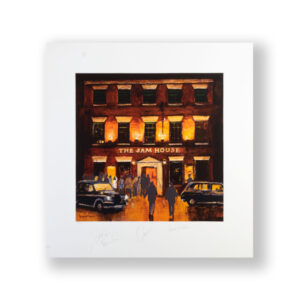




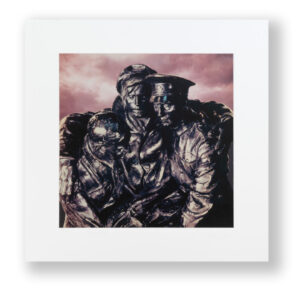
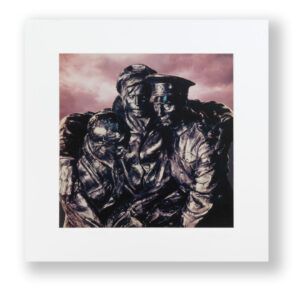
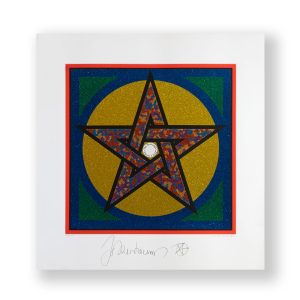
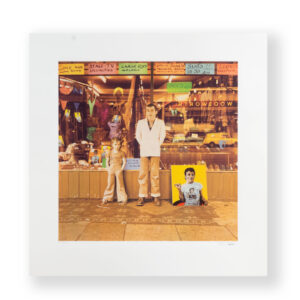

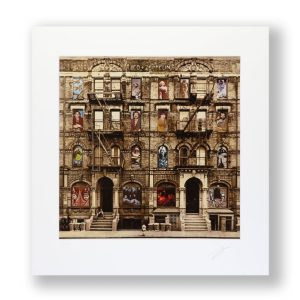
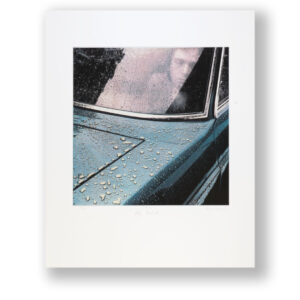
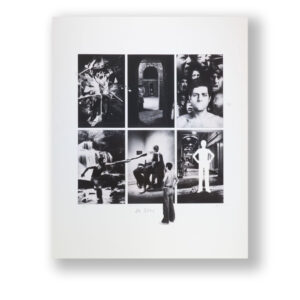

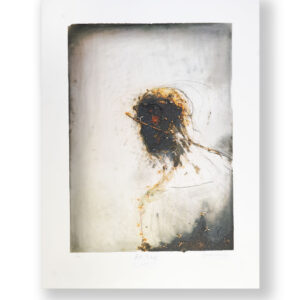
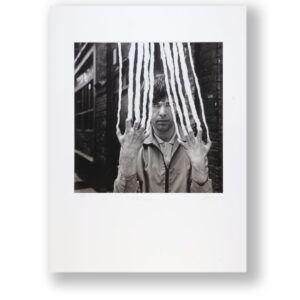
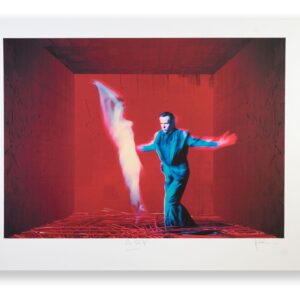
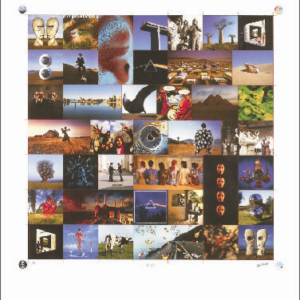







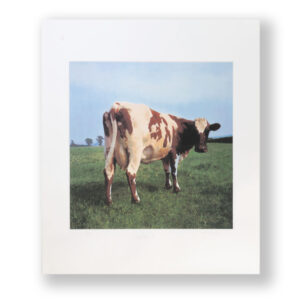
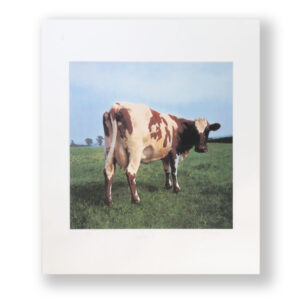
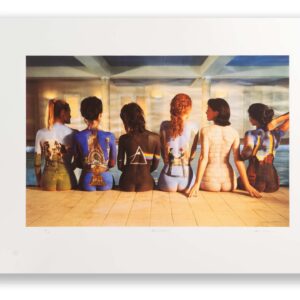

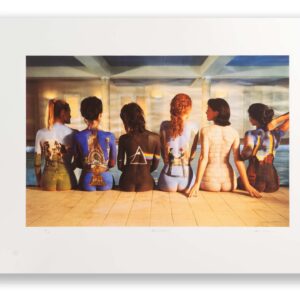
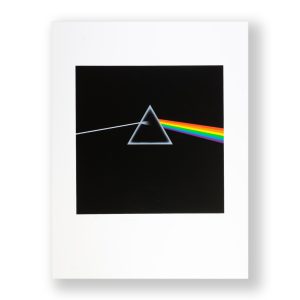
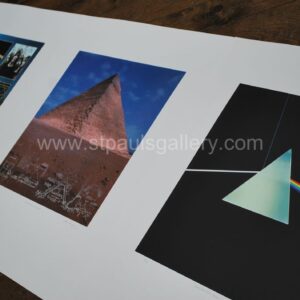

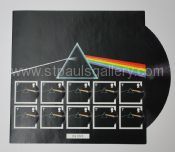
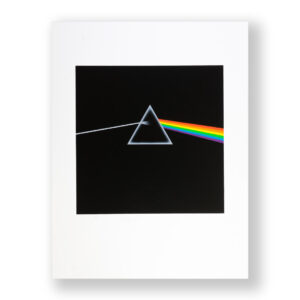

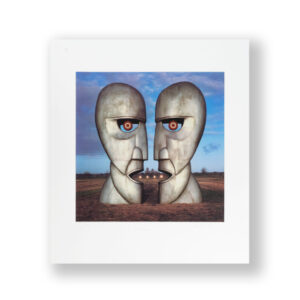




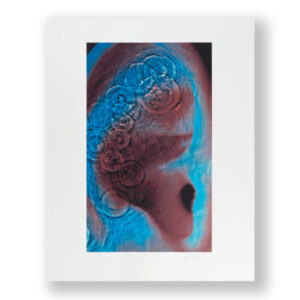

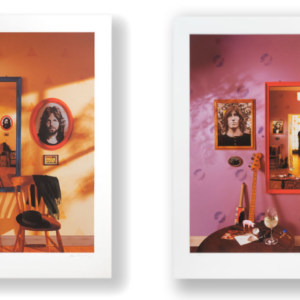

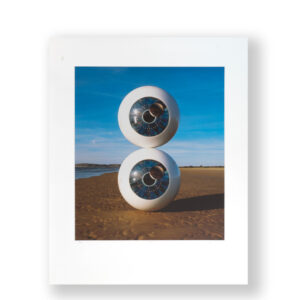

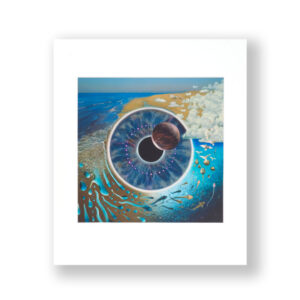

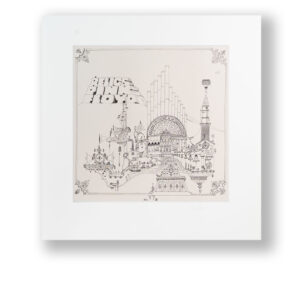
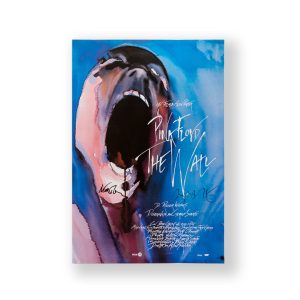



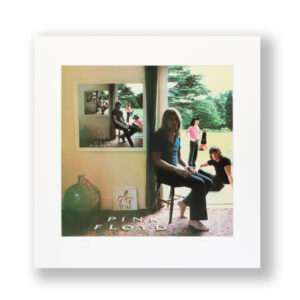

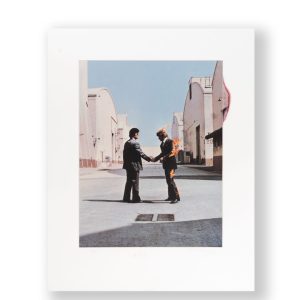



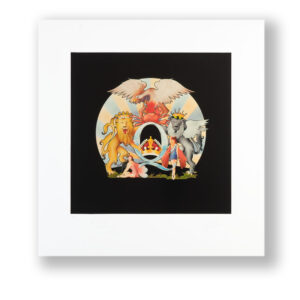
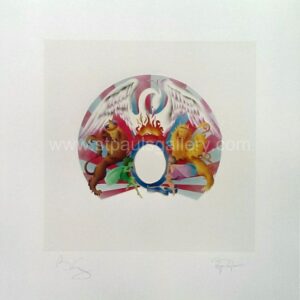
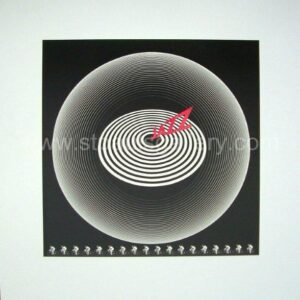
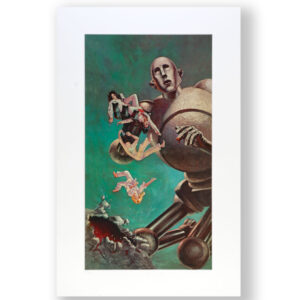


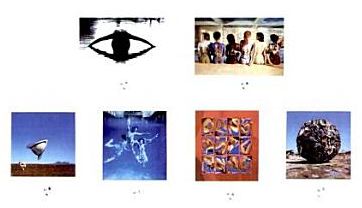
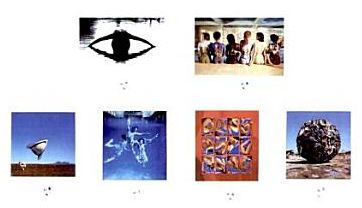

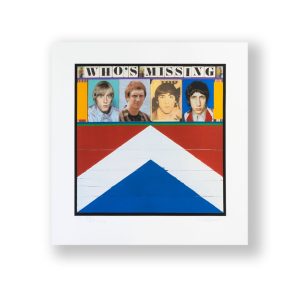
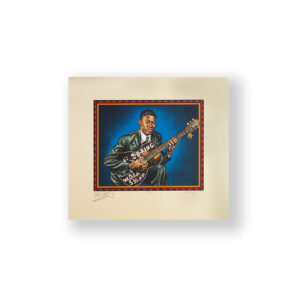
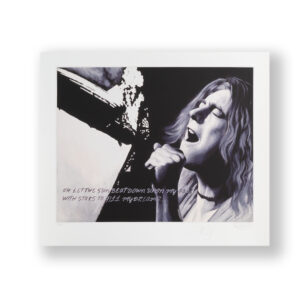
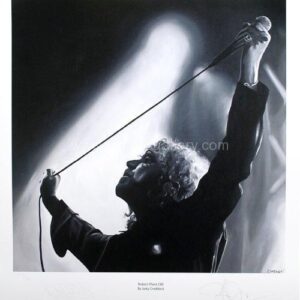
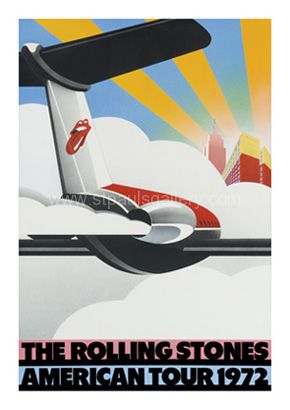

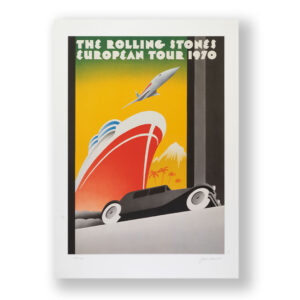
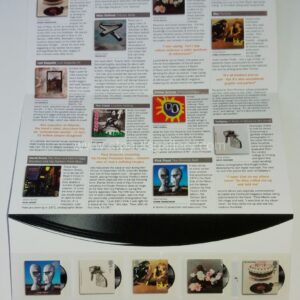





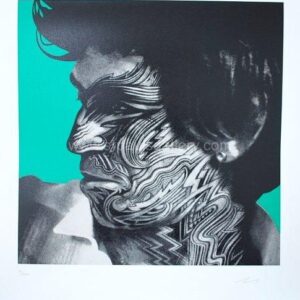


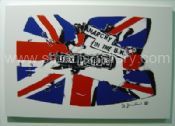





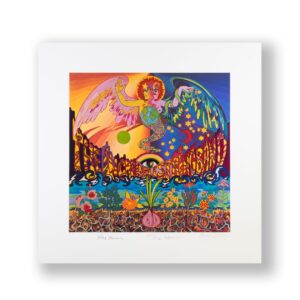
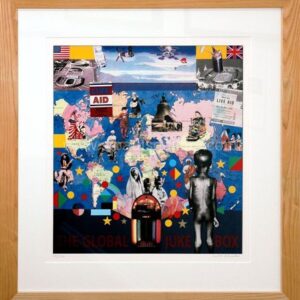


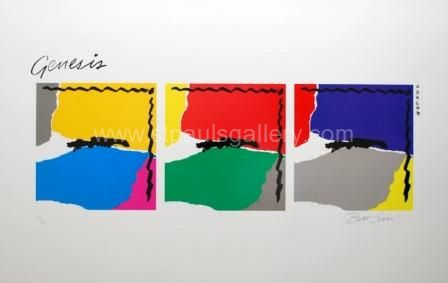

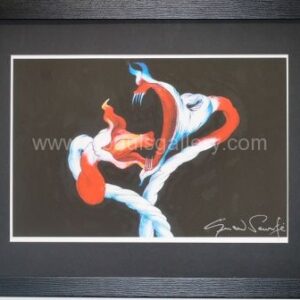


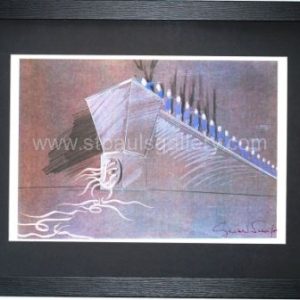
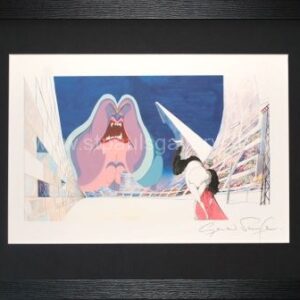
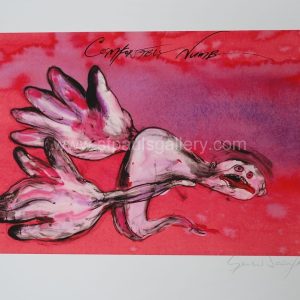


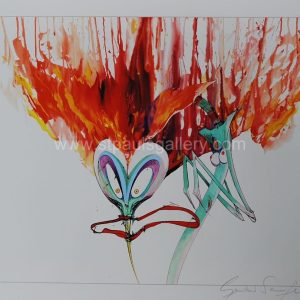



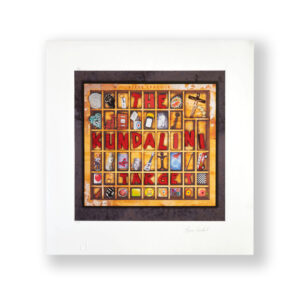

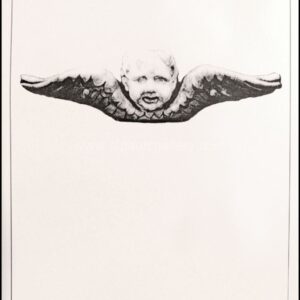
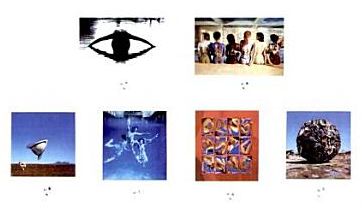

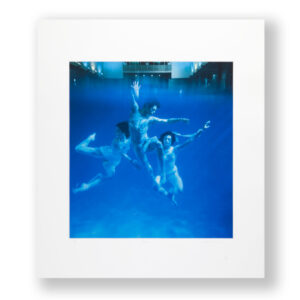


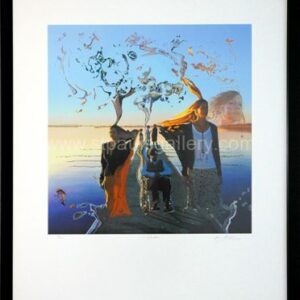

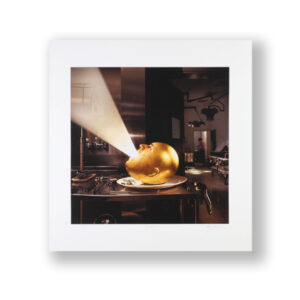


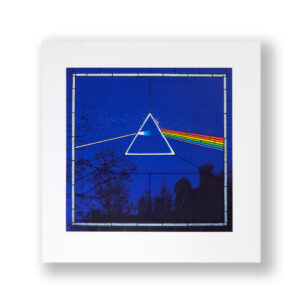
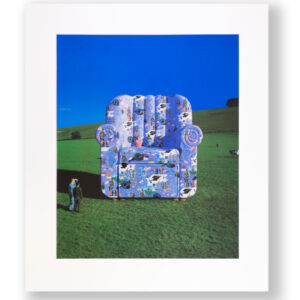

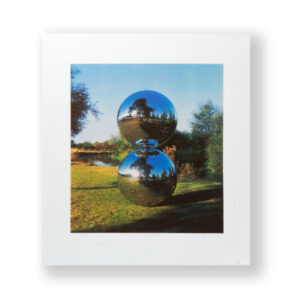
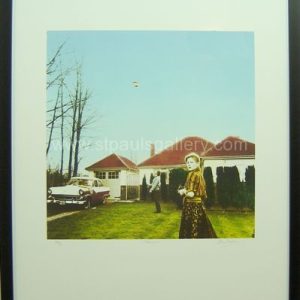


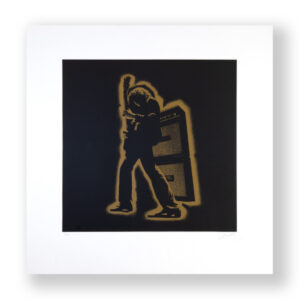
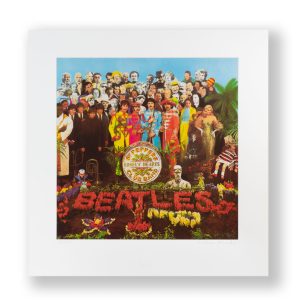
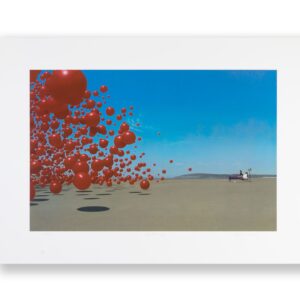
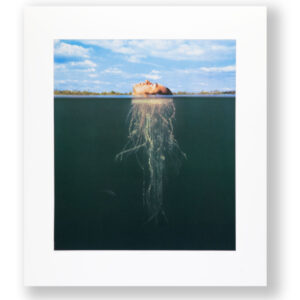
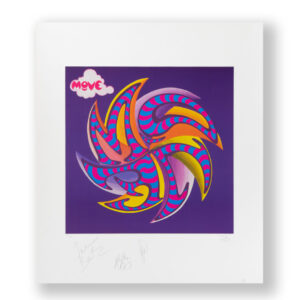
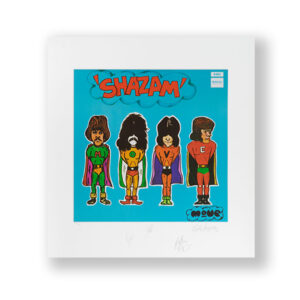



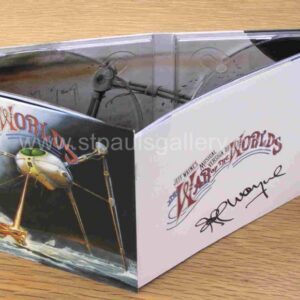
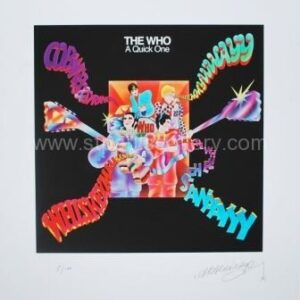

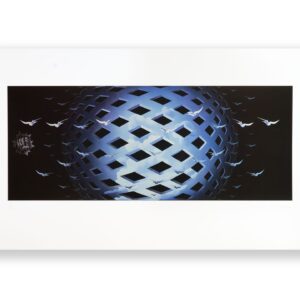
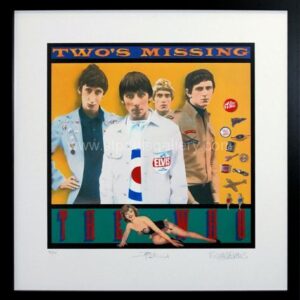

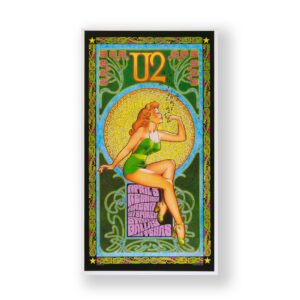

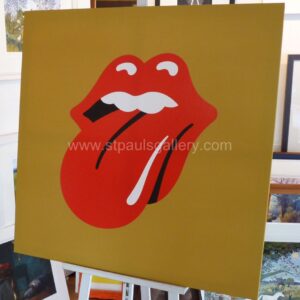
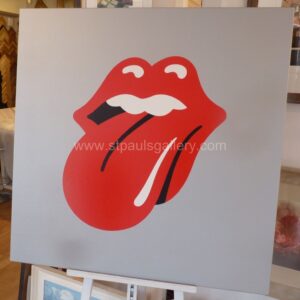
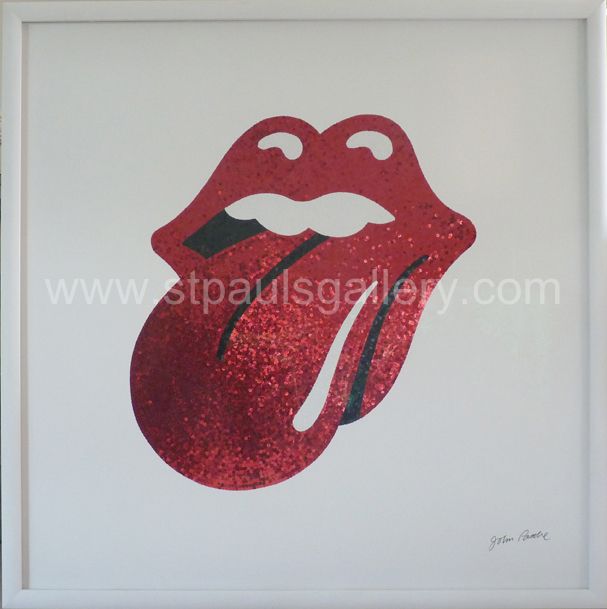


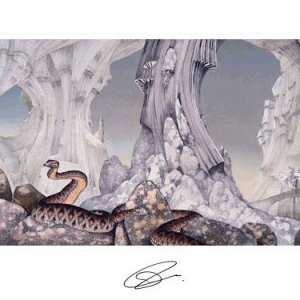
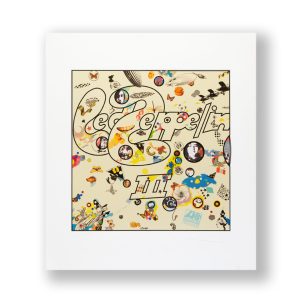
Since its inception, album cover art—a blend of musical and artistic creativity—has seen substantial evolution. These covers, which at first were just for packing, have evolved into recognisable works of art that capture the spirit of the artist and the music, showcasing innovative album cover design. Album art has captured the attention of viewers across the world, from the vivid, inventive designs of the 1960s to the complex, digitally enhanced covers of today. The material allure of album covers endured as music consumption moved from vinyl to digital, contributing to their ascent to collectible status. These days, signed album cover prints are prized for their tangible links to musical history as well as their aesthetic worth.
Read More
Album cover artwork was instrumental in the creation of an artist’s image and the listening experience during the vinyl era. They often served as the first visual introduction to an album and set the tone before the music started. Not only did famous album covers like Pink Floyd’s “The Dark Side of the Moon” and The Beatles’ “Sgt. Pepper’s Lonely Hearts Club Band” transcend their musical roots, but they also became cultural icons. These covers influenced fashion, art, and popular culture, as well as reflecting socio-economic and artistic trends. David Bowie, The Beatles, and Pink Floyd produced some of the most recognisable album covers of all time, with each one making a significant impact on pop culture. The image of David Bowie on the cover of “Aladdin Sane” with a lightning bolt became the symbol of the golden age of glam rock and the image of an artist. The cover of The Beatles’ “Sgt. Pepper’s Lonely Hearts Club Band” album is considered one of the most innovative and complex pieces of album art in history. The Dark Side of the Moon by Pink Floyd with the prism—simple yet powerful—became a visual metaphor for the band’s complex ideas. These covers not only shaped their respective eras but also inspired many generations of artists and designers. Many fans and collectors seek album cover art prints to celebrate these iconic images. Today artists like Kanye West and Taylor Swift have continued this trend of iconic album covers. Kanye West’s “My Beautiful Dark Twisted Fantasy” is a work of art with stunning and provocative images that grabs the viewers’ attention. Taylor Swift’s album “1989” artfully incorporates Polaroid photography to create a cool nostalgic feel while embracing her pop transformation. Similar to their vintage counterparts, these modern covers are a crucial element in shaping the artists’ image and popular culture. The process of album cover printing plays a significant role in bringing these creative visions to life. Album artwork and cover designers represent a special blend of visual art and music, which incorporates a wide variety of artistic styles from pop art to abstract. Pop art covers often use bright colours and bold images that reflect the mass media and consumer society but with an ironic twist and the use of symbols that are familiar to the viewer. Abstract covers on the other hand rely on visual symbols and shapes to portray mood and emotion. These art forms help to promote the thematic ideas of the album making the cover of the album more than a piece of packaging but rather an important part of the statement which reflects the theme of the album inside. Some album cover styles are associated with particular artists and genres, making the artwork on an album cover an important visual representation of the music. For example, the psychedelic art of the 1960s is irrevocably associated with rock bands like Pink Floyd, the Rolling Stones and The Beatles. Hip-hop albums like Jay-Z’s the Black Album usually have loud and very graphic covers that reflect the nature of the music inside, which is urban and energetic. These styles are not only used to create the artist’s image but also become part of the music’s history. Album cover illustrations are not just for aesthetics; they are powerful artistic statements that reflect the essence of the music contained within them. For instance, in his rap album “To Pimp a Butterfly” album, Kendrick Lamar employs symbolism to address the issues of race and self-actualization. Likewise, Joy Division’s “Unknown Pleasures” with the waveform image on the cover, can be seen as concealing the profound emotional and psychological themes of the album, thus the cover is a visual metaphor of the record. Graphic designers have been very instrumental in the history of music, especially through their work in album cover graphic design and posters. Artists such as graphic designer Peter Saville, who created the post punk look for Joy Division and New Order, or Storm Thorgerson, who offered Pink Floyd a surrealist look, have influenced the aesthetics of music. The aesthetic concepts of their covers and posters expand the music beyond the mere packaging of the albums they are designed for; they translate the records’ emotional and cultural values. Album cover prints signed by the artist are not only valuable from an artistic perspective, but they also possess a sentimental value, as they represent the owner’s direct link to the artist. These signatures elevate album covers from mere commodities to historically valuable relics of music, thereby increasing their value both financially and emotionally. Collectors often seek out limited album cover print editions to enhance their collections. Album cover display, when properly executed, can greatly improve contemporary environments. These covers can be framed in simple or vintage frames and can easily fit into most décor themes from retro to modern. In living rooms or studios, organising the famous record covers in a gallery wall manner can be a great way to make a statement. On the other hand, using backlit picture frames, these pieces of art can be converted into glowing focal points to match the modern interior design. Collecting album cover prints, especially from reputable sources such as St Paul’s Gallery, entails album cover authentication, ascertaining the authenticity of the signatures on the prints, as well as the quality of the prints and the edition number. Certificates of authenticity are essential in this case since they provide the assurance of the genuineness of signatures and editions. Knowledge of the artist’s market and the number of prints of the particular print also helps in the determination of the value of the print. Consulting with experts from established galleries such as St Paul’s can give collectors additional information and confidence. Discover the timeless allure of signed album cover and poster prints and elevate your art collection with St Paul’s Gallery today.The Historical Significance of Album Covers
Icons of the Era: The Art of David Bowie, The Beatles, and Pink Floyd
Modern Classics: Exploring Recent Iconic Covers
The Artistic Merit of Album Covers: From Pop Art to Abstract
Signature Styles: The Unique Aesthetics of Signed Album Cover Prints and Album Cover Posters
Album Covers as Artistic Statements
The Role of Graphic Designers in Shaping Music History
Collecting Signed Album Cover Prints: Value and Prestige
Displaying Signed Album Cover Prints in Modern Spaces
How to Authenticate and Value Signed Album Cover Prints